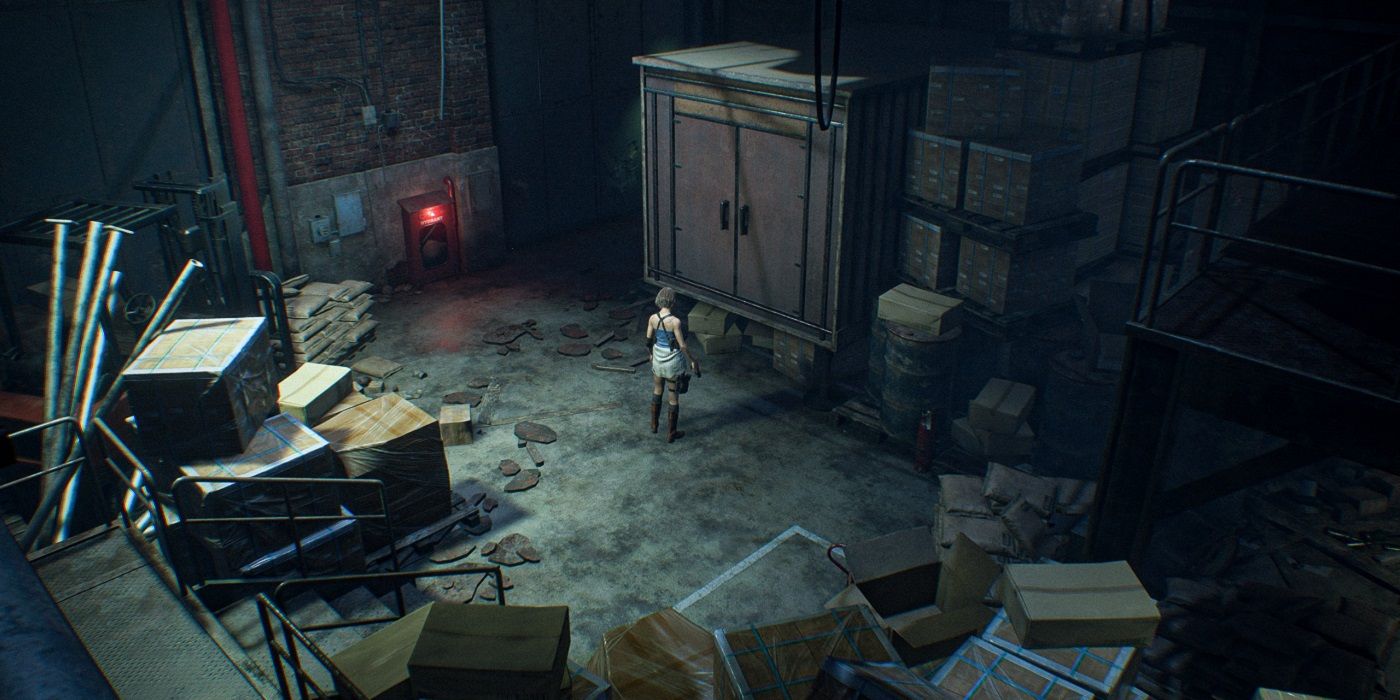

The first game credited with inventing the fixed camera angle in games was Alone in the Dark, which released in 1992 for DOS, and was later ported to the PC-98, Panasonic 3DO, and Mac. While this kind of camera has since been thought to be outdated, recently playing through the stealth-action game République has proven to me that fixed cameras could add much more to modern games than one might think at first glance.

That led to the birth of the fixed camera angle in games, which is when each room of a game has a fixed angle, showing only a limited section of play area. When games took the jump to 3D, some developers felt that they had to find a way to tell a story in 3D without having to put in a possible game-ruining camera system. Even lovers of classics like Super Mario 64 can admit that the camera is quite wonky at times. For a long time though, games have had difficulty giving the player full control. Being able to directly influence where you can move the camera helps stabilize player control and lets the player choose what they want to see. Nowadays, many players take camera control in games for granted.


 0 kommentar(er)
0 kommentar(er)
